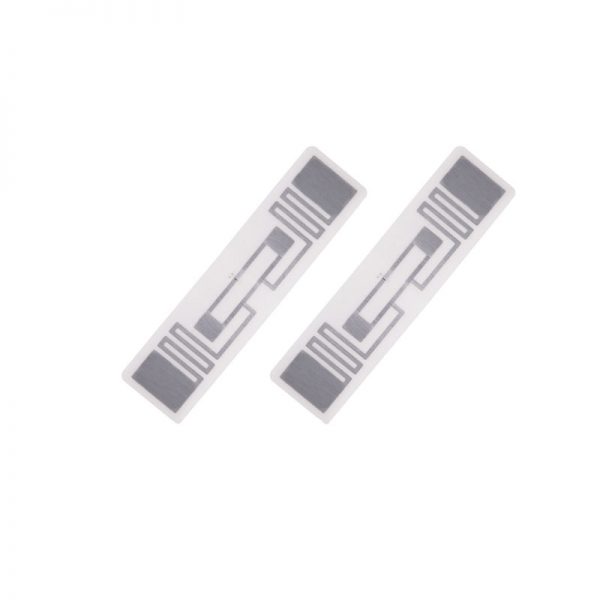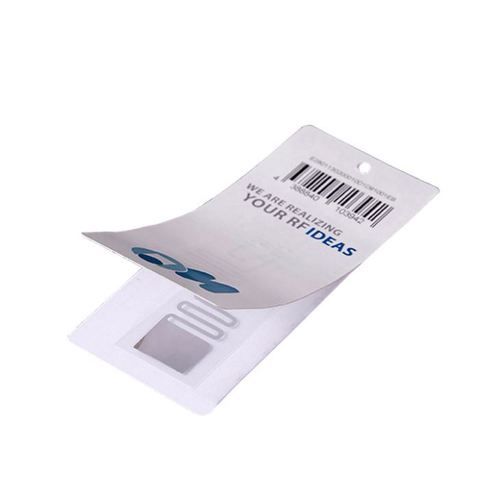

When the person is authorized an event is stored at the server (for the event log book) and the access control panel is asked to open the door (by telling the physical lock to unlock).
#Uhf rfid tags software
The control panel connects with the access control management software (at a server or in the cloud) to check who is connected to that number and if he/she has access to the door that is approached. When an access control card (the RFID tag) is shown to the access control reader next to the door (the RFID reader with RFID antenna), that specific number is sent to the access control panel (a physical controller). Usually a number that is stored on an access control card. Most of these systems store access control rights for people (or vehicles) and also link those people to something that identifies them. Many different access control systems exist worldwide. An access control management system (software) that manages building access credentials and authorizations.Access control panels (a physical controller), hardware that is able to open door locks and that is connected to.

Access control RFID card readers next to the door, that are connected to.RFID access control cards that, are read by.Let’s have a closer look at access control systems. In libraries it might be a library management system. In the security industry that system might be a building access control system, in the parking industry it is most likely a parking management or vehicular access control system. The reader usually is connected to a third party system that is accepting (and storing) RFID related events and uses these events to trigger actions. A tag (or transponder) that returns the signal with information added.An antenna, that sends out a radio signal.A reader, that is connected to (or integrated with).The conceptĪs you may know a few things are needed to have an operational RFID system in place: It is a more detailed view on the principle of RFID that was presented in the earlier insight with the title ‘ What is RFID?’. Underneath a model is presented that can be used as a framework to understand what needs to be done to have RFID tags and readers communicate successfully. It is not technically complete and it sometimes presents a simplified version of the related technology. This article’s objective is to help you on your way with understanding the most important concepts. Understanding this basic concept will help you interpret a lot information that your are faced with in the right way. Even when you really get involved with the details of programming and interpreting tags, the basic model is not too complicated. The good news however is that the basic concept of RFID is pretty straightforward. The bad news is that there really is a lot that can be learned when someone is getting involved in the procurement, supply or implementation of RFID based systems to identify people or objects like cars. Also new entrants to this world often are overwhelmed by the number of techniques and concepts. Wiegand, 120 kHZ, UHF, EPC, microwave, MIFARE, RS232, RS485, clock and data, AES, facility codes, client codes: The world of access control and vehicle identification is literally filled with concepts, techniques, acronyms and words that people outside our industry often find pretty difficult to understand and that sometimes seem very confusing.


 0 kommentar(er)
0 kommentar(er)
